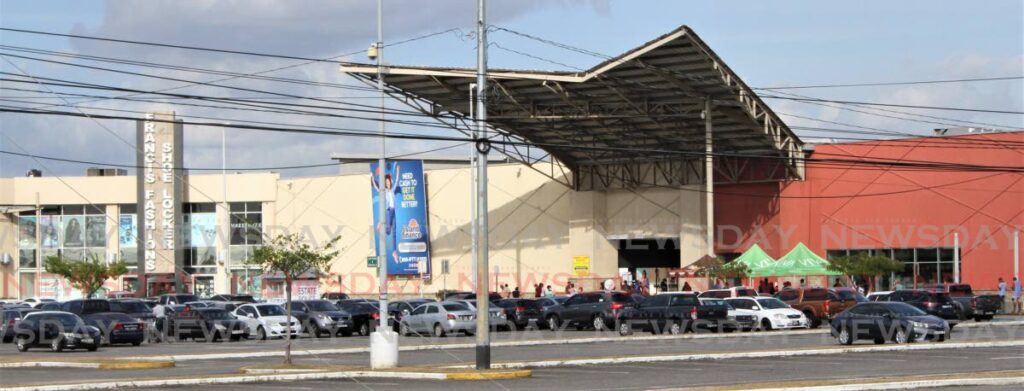What to do with Trincity Mall?

THE BUSY SHOPPING season is upon us, but a buyer for Trincity Mall is not.
On October 16, it emerged through court filings that the preferred bidder withdrew.
While the liquidators of CL Financial (CLF) did not say when Ansa McAl stepped away, it confirmed a new process has started, with final proposals due by November 22. That’s a setback.
It prolongs uncertainty about the premises – something that cannot be in the interests of the state or mall tenants by this stage.
The mall was once a shining example of how residential and commercial projects could spring beneficial synergies.
Established in 1984, it started with 80 stores on 140,000 square feet of land. It grew to occupy, at its height, more than 500,000 square feet with over 300 retailers.
In 1991, the CL Financial (CLF) group bought the shares of the mall’s owner, Home Construction Ltd (HCL), in a development that ultimately determined its current fate.
While malls all over the world have faced challenges due to online shopping, a particular sense of stagnation has attached itself to Trincity Mall.
New, swankier retail outlets have gone up a stone’s throw away, worsening the sense that the once booming centre is being left behind.
As a result, some are even mooting the idea of the building being used as a decentralised hub for government services, not a mall.
But in theory, the presence of rival malls, while a challenge, does not completely render the commercial prospects of Trincity null and void.
Different malls appeal to different demographics. A sense of choice is also one of the bedrock ways in which consumer spending is stimulated.
Whoever takes up the premises must have a vision of where it is to be placed within the market for it to succeed.
But the clock is ticking.
The October 22 decision of the Caribbean Court of Justice on the lawfulness of the CLF bailout has effectively cleared the way for the government to continue its divestment policy.
In his latest budget, Minister of Finance Colm Imbert outlined plans for the selling of state assets that would be better managed in the private sector.
This, he also said, would also encourage investment.
It is to be noted the HCL group of companies has included, in addition to Trincity Mall, Long Circular Mall, TruValu supermarkets and Tobago Plantations Ltd.
Mr Imbert announced an intention to sell or lease the Magdalena Hotel and to develop a yachting marina in Lowlands, Tobago.
Though Ansa McAl has not stated its reasons for pulling out, its seeming cold feet serve as a graphic reminder of the challenges to divestment, as well as the fact that the process will be time-consuming.
Head of the Clico Policyholders Group Peter Permell this week issued a caution as it relates to the government’s plan to sell its 49 per cent shareholding in Clico, saying "buyer beware" and pointing to what he deemed to be legal issues.
If such things are to be tested in court, that will further frustrate the government’s hopes.

Comments
"What to do with Trincity Mall?"